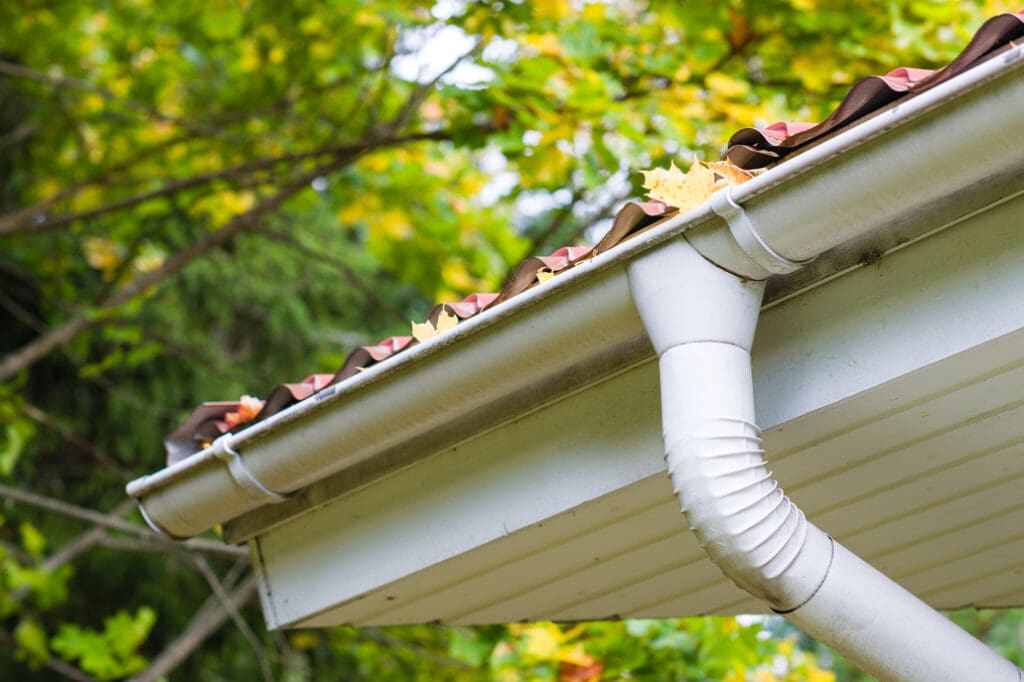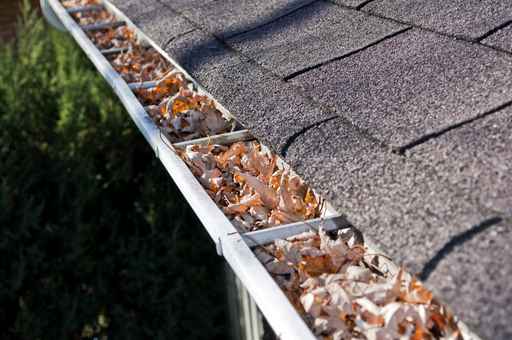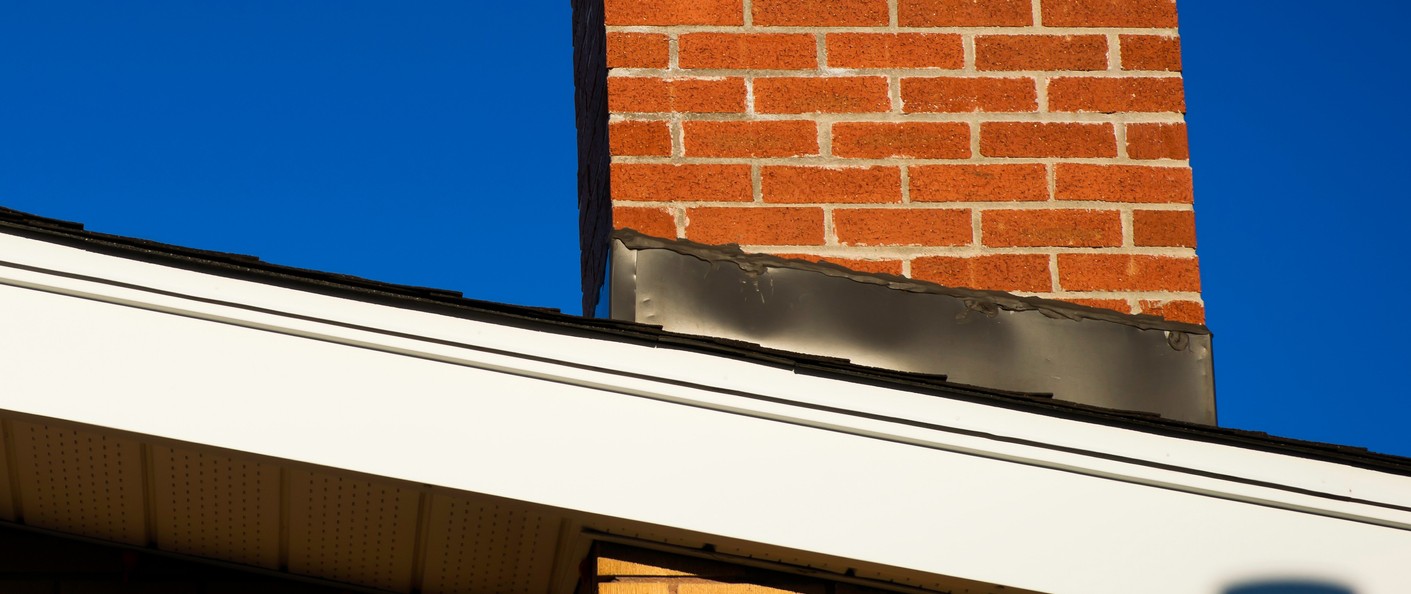
Updated on November 19, 2025
Roof That Protects Your Home Starts With Routine Care

Your roof works harder than any other part of your home. It shields you from heavy rain, wind, ice, and sunlight while keeping everything inside safe and dry. In the Pacific Northwest, that means your roof experiences constant stress through four distinct seasons. By following a few roofing tips for homeowners, you’ll better protect your roof, which means it can better protect you.
Many homeowners forget about roof maintenance until something goes wrong. But small, consistent efforts can prevent leaks, protect your investment, and save thousands in repairs. Below are practical, easy-to-follow roof maintenance tips designed for everyday homeowners, no roofing experience required.
Roofing Tips for Homeowners
Below are nine practical tips every homeowner should know to help extend the life of their roof, prevent water damage, and avoid costly repairs. Each tip includes insights, real-world advice, and easy steps you can take right away.
- Why Cleaning Your Gutters Protects the Whole Roof
- How Regular Roof Inspections Prevent Costly Repairs
- The Right Way to Remove Moss, Algae, and Debris
- Why Roof Flashing and Edges Deserve Special Attention
- How Proper Attic Ventilation Extends Roof Life
- How Trees and Branches Can Damage a Roof
- Insulation and Ice Prevention for Winter Roof Protection
- When to Call Professional Roofing Experts
1. Why Cleaning Your Gutters Protects the Whole Roof
Your gutters are more than accessories; they’re a critical part of your roof system. When debris like pine needles or leaves clogs them, water can’t drain properly. Instead, it seeps under shingles and causes hidden water damage that spreads fast.
Why clean gutters regularly:
- Prevents ice dam formation in winter by keeping meltwater moving.
- Protects fascia boards and siding from rot.
- Helps maintain the integrity of your foundation and landscaping.

How to do it safely:
- Use a sturdy ladder and gloves, or hire a professional for two-story homes.
- Scoop debris, flush downspouts with a garden hose, and inspect for sagging or cracks.
- Consider gutter guards if your property has tall trees or frequent storms.
When your gutters are in good shape, water moves away from the roof efficiently. That simple habit can add years to your roof’s life.
2. How Regular Roof Inspections Prevent Costly Repairs
A once-a-year look at your roof can reveal issues you’d never spot from inside the house. Don’t wait until water stains appear on your ceiling to check for damage.
What to look for:
- Damaged shingles or tiles that are cracked, curled, or missing.
- Dark spots or patches could indicate trapped moisture or moss.
- Rusted or missing flashing around chimneys, vents, or skylights.
- Granules collecting in gutters, a sign that your roofing shingles are aging.
When to inspect:
Check in early spring and again in fall. The weather is mild, and you can prepare your roof for the upcoming seasons.
If you’re not comfortable inspecting on your own, call local roofing contractors for a professional assessment. They can spot structural issues, check ventilation, and confirm whether your roof is still performing as it should.
3. The Right Way to Remove Moss, Algae, and Debris
Moss and algae aren’t just unsightly; they can seriously shorten the life of asphalt shingles and other materials. Moss holds moisture against the roof, while algae slowly eats away at the shingle coating.
Safe cleaning techniques:
- Sweep debris with a soft broom, working downward to avoid lifting shingles.
- Rinse gently with a garden hose (not a pressure washer).
- Use moss removal products made for roofs. Avoid bleach, which can damage materials and vegetation below.
Prevent future growth:
- Keep tree limbs trimmed to allow sunlight to dry the surface.
- Install zinc or copper strips near the ridge line to naturally deter regrowth.
- Schedule annual moss treatments with a professional roofing team for long-term results.
A clean roof dries faster after rain, which helps prevent rot, leaks, and premature shingle failure.
4. Why Roof Flashing and Edges Deserve Special Attention

Your flashing is the thin, often-overlooked metal around roof joints and edges. It seals gaps where roofing meets chimneys, skylights, or walls. When caulking cracks or flashing loosens, water has a direct path into your attic or drywall.
Signs your flashing needs attention:
- Gaps between metal and masonry.
- Visible rust or lifting near roof valleys.
- Damp spots around vents or skylights inside the house.
Simple fixes:
If caulking has failed, reapply sealant or have a roofer replace worn sections. Keeping flashing in good condition ensures rain drains properly and prevents hidden leaks that spread over time.
5. How Proper Attic Ventilation Extends Roof Life
Many homeowners don’t realize that ventilation affects both comfort and roof performance. Proper attic ventilation keeps temperature and humidity levels balanced, protecting materials from expanding, warping, and cracking.
Why it matters:
- Prevents condensation that causes wood rot.
- Reduces summer heat buildup that warps shingles.
- Helps stop ice dam formation in winter by keeping roof temperature even.
How to tell if ventilation is working:
- Your attic should feel cool and dry, not humid or stuffy.
- You should see both intake (soffit) and exhaust (ridge or gable) vents.
- During winter, snow should melt evenly rather than in isolated spots.
Proper ventilation is one of the most overlooked roof maintenance tips and one of the most effective ways to extend roof life.
6. How Trees and Branches Can Damage a Roof
Tree-lined properties are beautiful, but overhanging branches can become a serious threat during high winds or storms. Branches can scrape, puncture, or break shingles, leaving your roof vulnerable to leaks.
What to do:
- Trim tree branches so they stay at least six feet away from your roof.
- Remove dead limbs immediately, especially before winter storms.
- Clean off leaves, pine needles, and twigs that collect on the roof.
Also, watch for branches that drop sap or seeds. Over time, buildup can clog gutters, encourage moss growth, and add extra weight that strains your roof structure.
7. Insulation and Ice Prevention for Winter Roof Protection

In colder climates, ice dam prevention is key to maintaining a healthy roof. Ice dams form when snow melts unevenly, refreezing at the roof edge and trapping water behind it.
How to prevent ice dams:
- Add or upgrade insulation to reduce heat loss through the attic.
- Improve attic ventilation to balance indoor and outdoor temperatures.
- Keep gutters clear to give melting snow a place to drain.
If you already have an ice dam, gently remove excess snow with a roof rake. Avoid using salt or sharp tools that can damage shingles. When in doubt, call a professional roofing company for safe removal.
8. When to Call Professional Roofing Experts
Even with diligent care, some issues require an expert eye. A professional roofing team can inspect the full roof system (not just the surface) and help determine whether you need repairs or it’s time to replace your roof.
Call for professional help if you notice:
- Water stains or damp spots on ceilings or walls.
- Sagging sections of the roof or visible dips.
- Persistent leaks after repairs or storm damage.
- Aging materials beyond their manufacturer’s lifespan.
Roofers can also help you choose the right roof type for your home, from energy-efficient metal roofing to durable architectural shingles. The right system provides better protection and long-term value.
Why Consistent Roof Maintenance Saves Money in the Long Run
Many homeowners think roof problems happen suddenly, but most begin as small issues. A few hours of upkeep each season can prevent thousands of dollars in repairs.
Think of maintenance as insurance:
- Cleaning gutters protects against leaks and foundation damage.
- Regular inspections catch problems early.
- Trimming branches prevents physical and moisture-related damage.
A roof that’s well cared for performs better, looks better, and lasts longer. Over time, consistent care also increases property value and curb appeal.
FAQs About Roofing Maintenance
How often should I inspect my roof?
Inspect twice a year, ideally after winter and late summer. Look for cracked shingles, moss buildup, or missing flashing that could lead to potential problems.
When should I replace my roof?
If your roof is more than 20 years old or shows widespread curling, missing shingles, or water stains indoors, a full replacement is likely the best long-term option.
How can I prevent water damage?
Keep gutters clean, repair leaks quickly, and ensure good attic airflow. Most water damage starts small and becomes expensive over time.
Can overhanging branches damage roofing shingles?
Yes. Even light contact can wear off shingle granules, allowing moisture to seep in. Trim branches regularly to protect your roof.
Should homeowners hire roofing contractors for maintenance?
For safety and thoroughness, yes. Experienced roofing contractors can identify issues homeowners may miss and keep your roof in top condition.
Protect Your Home with Reliable Roofing Care
Your roof protects everything you love inside your home. By staying proactive, cleaning gutters, maintaining ventilation, checking for damage, and calling professionals when needed. You’ll keep your home safe and comfortable year-round.
Warner Roofing & Construction has provided trusted roof repair, installation, and maintenance across the Pacific Northwest for more than 30 years. Whether you’re addressing a small leak or planning a full roof replacement, we’re here to help with honesty, skill, and craftsmanship that stand the test of time.
Contact us today for a roof inspection or free estimate, and take the first step toward a stronger, longer-lasting roof.